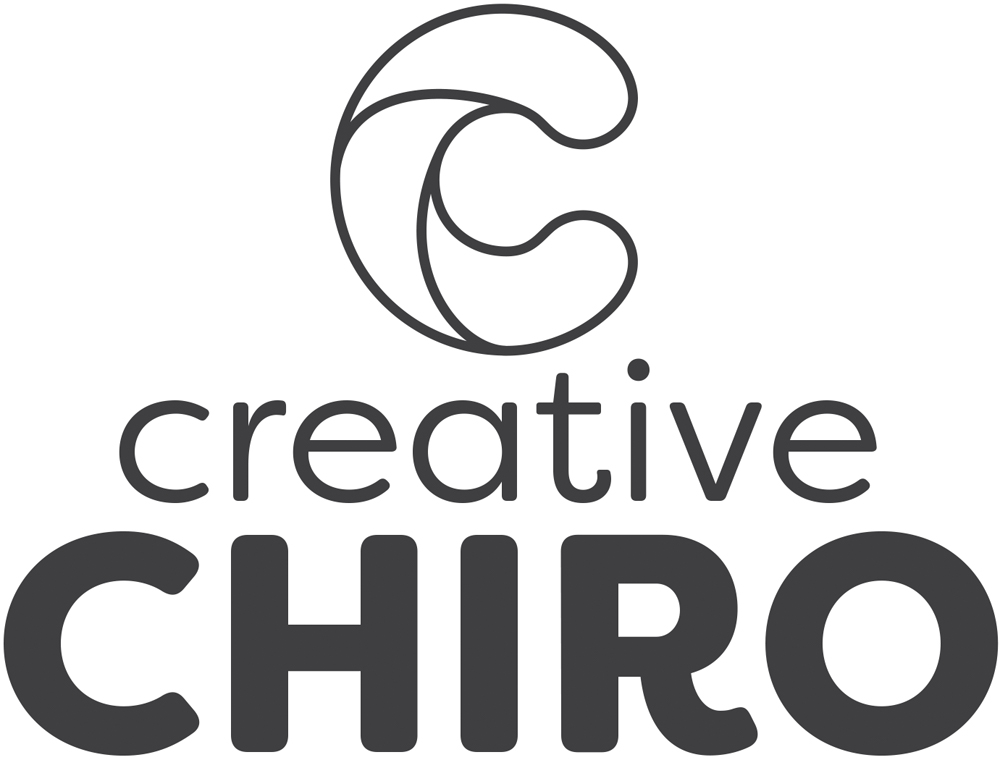To 'D' or not to 'D'? - Part 3
Were we ever going to talk about anything other than Covid-19 for the rest of our days? It certainly seemed not. But then, in some parts of the country, the month of May turned out to be the wettest on record - meaning we could get back to talking about what we Brits love best: The weather!
What does the weather have to do with vitamin D?
Those of you who have read the previous two vitamin D articles will know that between the months of October and March, we need to supplement with vitamin D3 in order to maintain all manner of systems within the body, including immunity. From April onwards, the sun starts to get higher in the sky and the important ultraviolet rays needed for vitamin D conversion can penetrate the Earth’s atmosphere and make contact with your skin.
This year, however, with May being overcast, cold, damp and wet, there was very little of this processing going on - because who really wants to go outside in that kind of weather? This has had the impact of delaying the ‘top-up’ effect of vitamin D from the sun which, thankfully, can now occur due to a change in the Jetstream allowing warmer, dryer air to move up from the south.
How much sun exposure do you need?
Just 30 minutes or so of sun exposure between the hours of 11.00am and 3.00pm to the face, arms and legs will give you an equivalent dose of 10,000 to 20,000 IU (International Units), which will really kick-start the body processes that depend on vitamin D. I find this figure really interesting, as when I was sitting in a chemist shop recently (as one does!), I noticed a leaflet talking about folic acid, omega-3 oils and vitamin D. It stated that:
In 2016, the Department of Health issued new recommendations advising everyone in the UK to consider taking 400 IU of vitamin D every day in the winter months and that some population groups, including those who have little sun exposure, should take it all year round.
So, Government guidelines say to take 400 IU per day and yet nature gives you a 10 to 20,000 IU hit in 30 minutes. What does this mean in terms of the effects of these differing doses?
Let’s consider a 2007 study that looked at vitamin D levels in the population. Levels of vitamin D in the body are measured in nmol/L, which is nanomoles per litre. This study concluded that 87% of people in the UK were either deficient (with under 50 nmol/L) or insufficient (50-75 nmol/L). If people were obese, elderly or non-Caucasian then the deficiency figure rose to 100%. When all the figures were averaged out over different ethnicities, 15% of people were grossly deficient (with levels of under 25 nmol/L).
A high percentage of people were deficient in vitamin D in 2007. What does the latest data say?
Now, 14 years later, following huge media coverage of vitamin D and with the NHS talking about the effects of this vitamin on our health, we have an update on the deficiency rates and it is not looking good. A more recent study concluded that 17% of Caucasians were grossly deficient, which is 2% higher than the average rates in 2007 — and in the Asian groups there were 57% gross deficiency rates and 38% in those of African descent.
So, what will taking a 400 IU supplement do for you? Naturally, you can come to your own conclusions, but there are 2 important factors to bear in mind:
You can generate 10,000 - 20,000 IU in 30 minutes of sun exposure.
On average 400 IU per day will raise blood levels 10 nmol/L.
Now, if you think about the fact that you are starting at a deficiency level of, say, 20 nmol/L and you take 400 IU daily, you will peak at 30 nmol/L per day (20 nmol/L + 10 nmol/L). If you are obese, your increase will probably peak at around 25 nmol/L. Therefore, if you take 400 IU per day and you are starting from a deficient state, you will still be deficient after taking the government recommended dose because a level of 30 nmol/L is still below the deficient level of 50nmol/L, as shown in the table below.
Reflecting back to the last article, for optimal health one should really be aiming for levels of around 125 nmol/L and there are only two ways to achieve that – sunshine (without getting burnt) or vitamin D3 supplementation of about 5000 IU/day during the winter months.
People - including those within the medical profession - ask me why dosages are recommended at such low levels to those who are already deficient. My answer is that I do not know. If you do have any associated health risks for supplementing vitamin D3, as with sarcoidosis, then you should go to see your GP to discuss this before taking any supplements. Meanwhile, my recommendation during these Summer months is to go out and make use of what nature has given you over millions of years of genetic development. In other words, play in the sun!
We now have a very large following at the Practice, keen for information about vitamin D and it is going to be really interesting to watch and see the studies that get published regarding this vitamin’s diverse ability to optimise health, which includes your immune system and its relevance to the Covid-19 situation.
I, for one, will be fascinated to read what comes of all this new research. In the meantime, if you have anything you wish to discuss on the subject, whether you are ‘for’ or ‘against’ any of the aspects mentioned above, please do get in touch.
Meanwhile, enjoy your Summer.
Michael



